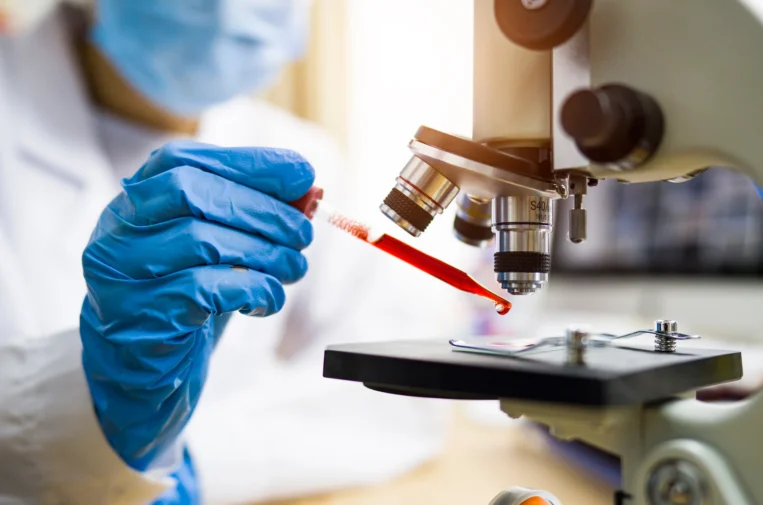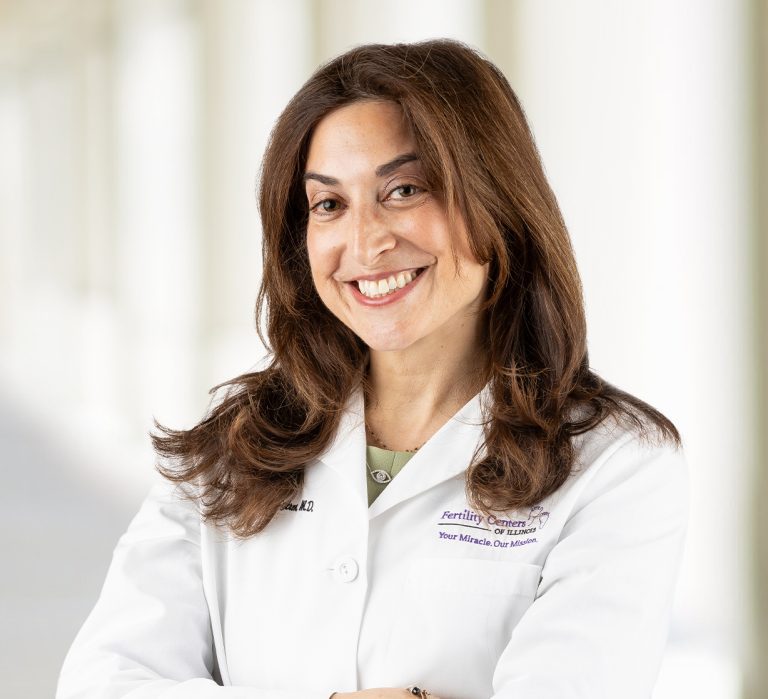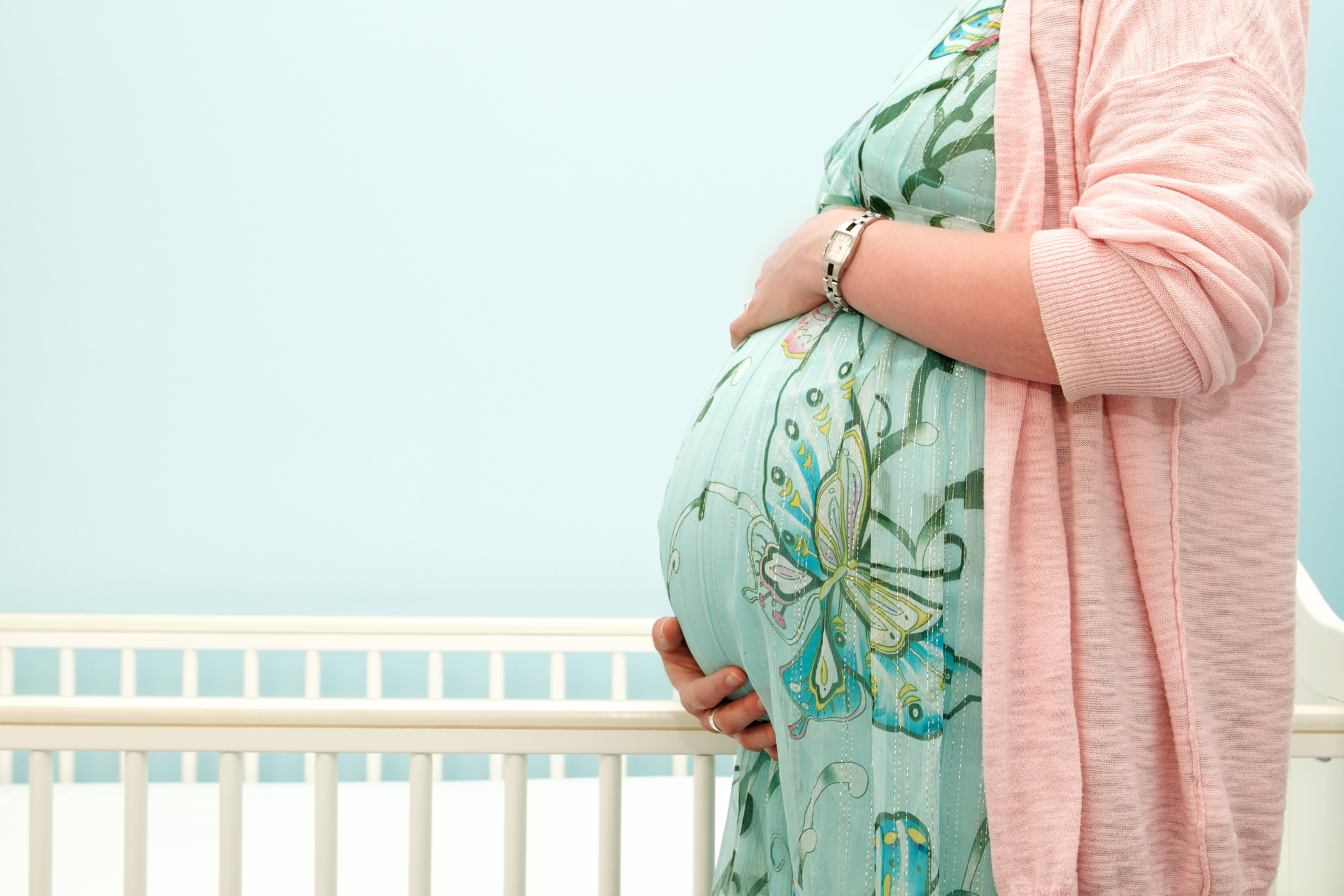The risk of cancer treatment resulting in permanent or impaired fertility is very high depending on the tumor, the radiation exposure, and the chemotherapeutic agent. In other cases in which chemotherapy may be less gonadotoxic, the timing of treatment and awaiting remission can occur during peak fertile years. These women also can benefit from proactive measures. Steps can be taken to preserve a couple’s, or an individual’s fertility before the damage is done, and in many cases, reduce the risk of the actual cytotoxic agents.
For males, the solution is simple: cryopreserve multiple semen samples prior to any cancer treatment for future use. It may turn out that the semen quality is reduced or unaffected, but even then, chromosomal damage may have occurred which contraindicates pregnancy attempts for up to a year.
The issue for the female is more complicated, and dependent on her age and ovarian status prior to cancer treatment. If there are at least a few weeks in which to perform an egg retrieval before treatment begins, there can be fertility-saving measures taken which can give an excellent chance of pregnancy in the future.
At Fertility Centers of Illinois, we have been using a rapid freeze technique called vitrification on eggs and embryos for nearly 10 years with excellent success. We have learned that the fertility drugs that are necessary to stimulate the ovaries can be started at any point in the cycle (the first few days are ideal, however,) and expect to obtain a number of eggs consistent with the patient’s age and ovarian reserve. The ovarian reserve is estimated by a baseline (or random) ultrasound and blood testing, which also determine the appropriate protocol for stimulation.
There are also experimental measures available elsewhere where whole or partial ovaries are cryopreserved, but these are not as sure as actually having eggs, which are not as good as embryos. Just as elective egg or embryo freezing is best done under the age of 38, so are the results in a cancer patient. These individuals, unfortunately, have no choice in the matter, and every effort is made to obtain maximal number of eggs in one stimulated cycle.
While the more eggs the better, freezing at least 15 mature eggs in a woman under 38 is desirable, 20 or more would be needed in an older woman to give the same high probability of at least one normal pregnancy in the future. Unfortunately, the older woman who needs more eggs to provide normal embryos is less likely to have the ovarian reserve, or the capacity to produce a sufficient number, as she needs for high probability of later success. However, having any eggs or embryos prior to cancer treatment is better than none.
If a woman is single, or uncommitted to a male, egg freezing would be recommended (unless a sperm donor is used); she would undergo up to 2 weeks of ovarian stimulation with multiple agents with specific regimens used based on her underlying cancer; for example, a woman with breast cancer would receive concurrent Letrozole, an estrogen-lowering drug so she would not be exposed to high levels prior to retrieval.
The use of Leuprolide to trigger ovulation prior to retrieval would prevent the post retrieval increase in hormones, which would also be problematic with hormone-sensitive tumors. The vitrified eggs would be stored until the patient was ready and cleared to become pregnant. Thawing of the eggs usually loses 10-15% of them, but fertilization and embryo development are similar to fresh eggs, and a single well developed blastocyst would have a very high chance of implantation: 60% or more at ages under 38, at Fertility Centers of Illinois.
Excess blastocysts resulted from the eventual thaw and fertilization could then be frozen, to give similar pregnancy rates even farther into the future.
The transfer is done under a protocol that creates an ideal uterine environment and not dependent on ovarian function. The problem lies in the older woman, whose pregnancy rates are lower anyway, dropping rapidly after 40 and reaching zero after age 45. The number of eggs needed to expect a normal embryo would be in the 20s or 30s, which is not realistic, but again, anything is better than nothing.
The idea of freezing embryos may be is superior to freezing eggs because having embryos provides more information for the future, since each frozen blastocyst from a 38 year old or younger woman has that high chance of implanting; if the embryos are from an older woman, PGS (Preimplantation Genetic Technology) could be done, so the number of normal embryos would be confirmed well in advance.
Otherwise, the results of fertilizing and culturing thawed eggs would not be known until a later time, when no other action could be taken. This could be very disappointing to an older woman if no normal embryos result. Vitrified embryos have 98% survival after warming, much greater than eggs.
Lastly, a method that has had some success in preserving ovarian function that avoids any of the Assisted Reproductive Technologies is the use of a gonadotropin-releasing hormone analog, like Lupron (Leuprolide) which is used to suppress ovarian function as a medical treatment for endometriosis and fibroids.
There are several papers which show that the protective effect of a GnRH analog will result in a higher percentage of patients who resume normal menstrual function after chemotherapy compared to those who do nothing. This effect is thought to prevent the chemotherapy-induced loss of the developing pool of follicles and place all in a dormant state. This is not as reliable as egg or embryo freezing, but does something to preserve ovarian function in some women.
Medical contribution by Jennifer Hirshfeld-Cytron, M.D.
Dr. Hirshfeld-Cytron is board certified in both Obstetrics and Gynecology and Reproductive Endocrinology and Infertility and has been practicing medicine since 2004. She completed her Obstetrics and Gynecology residency at the University of Chicago, and then completed her three-year fellowship in Reproductive Endocrinology and Infertility at Northwestern.








